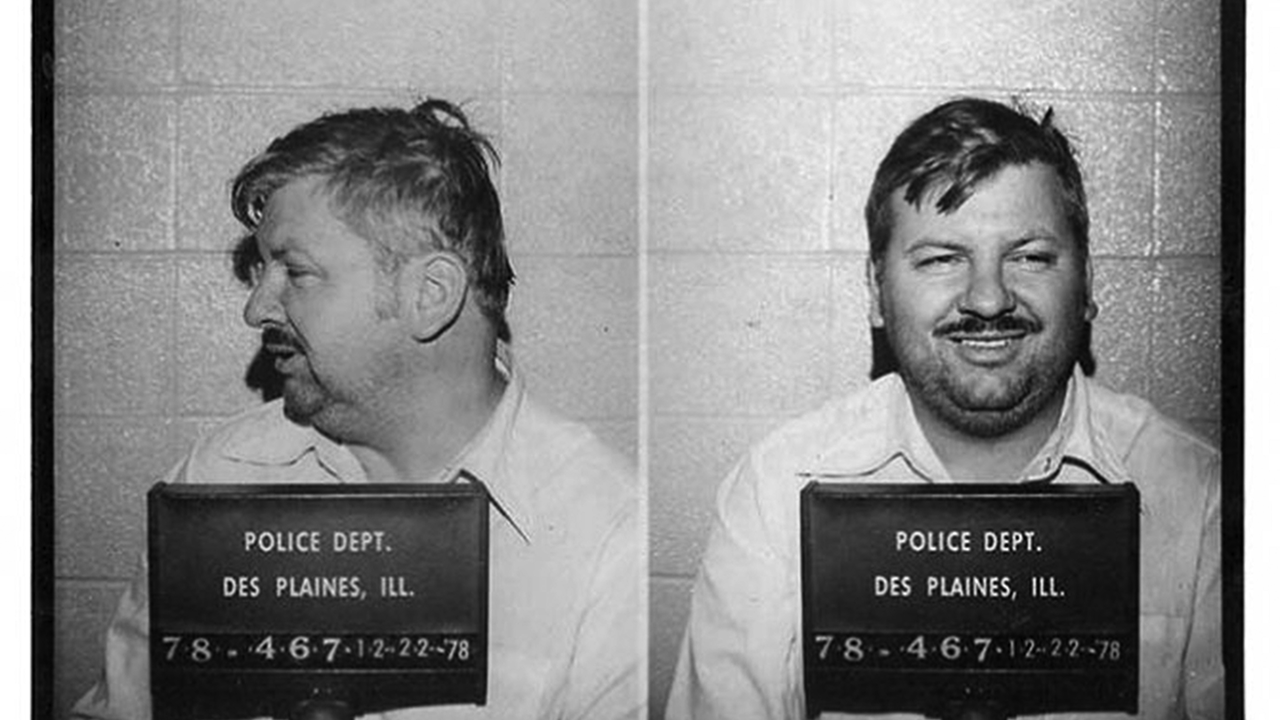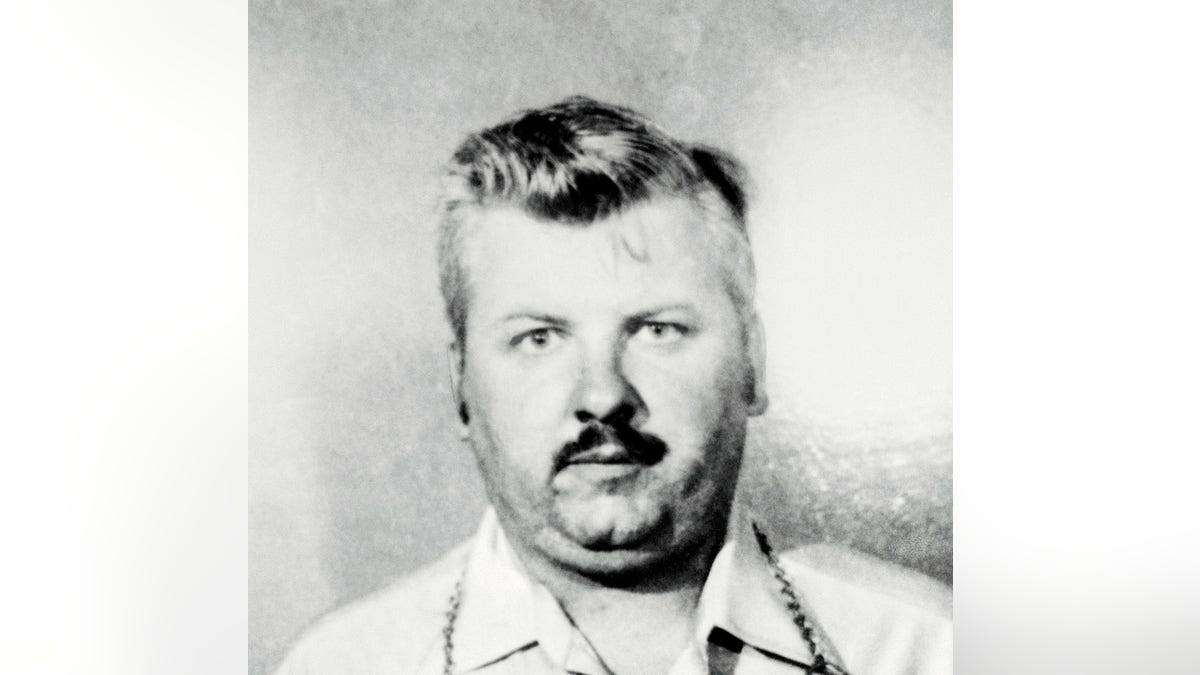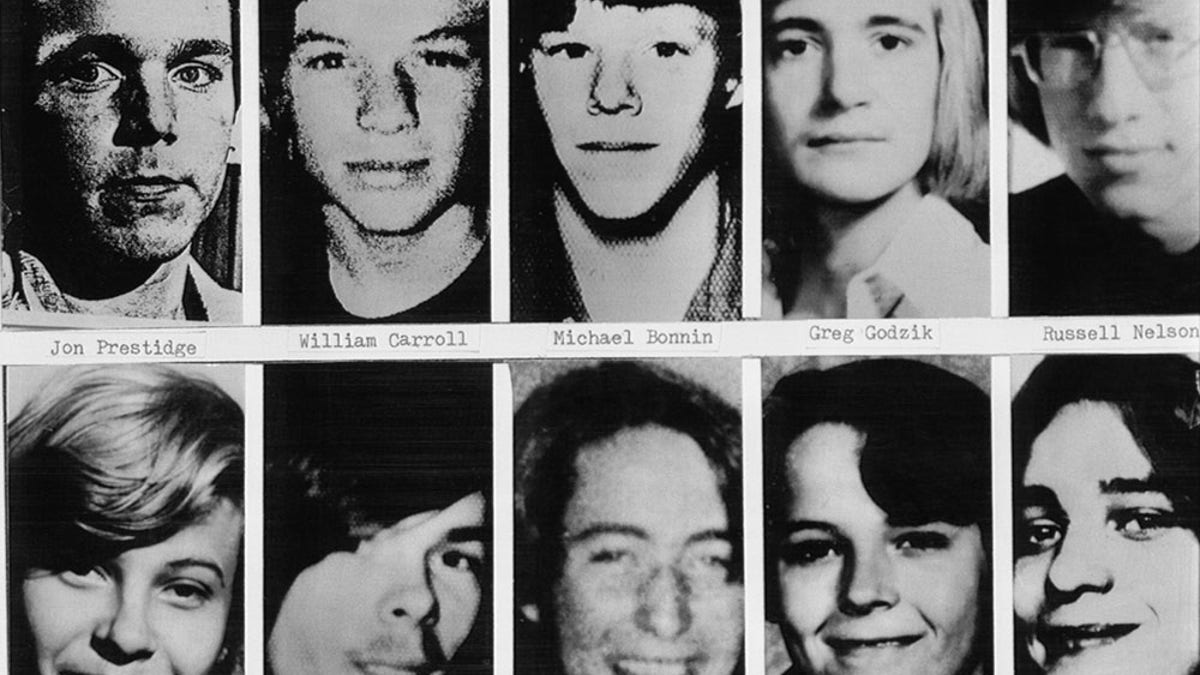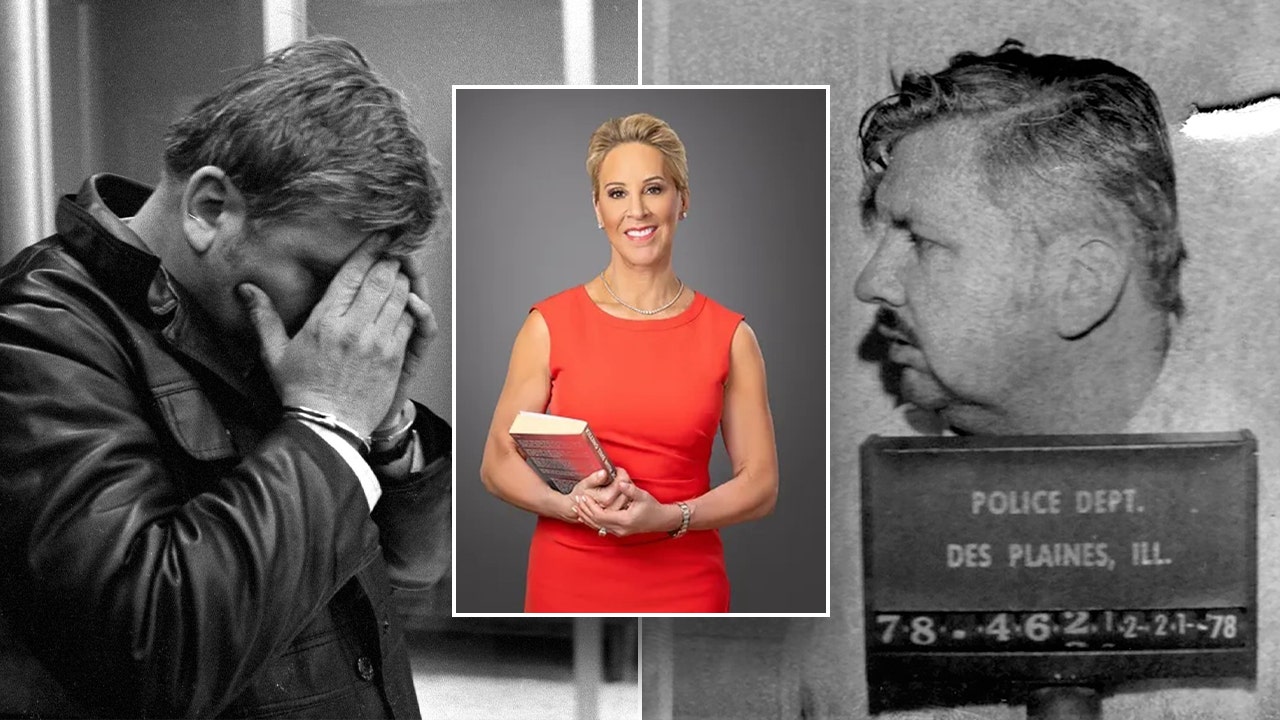John Wayne Gacy killed more than 33 victims, and the “Killer Clown” didn’t do it alone, his lawyer believes.
Karen Conti was a fledgling attorney in the early 1990s when she defended the most infamous serial killer at the time during his final death row appeals from 1993 to his execution by lethal injection May 4, 1994.
Gacy was convicted of 33 murders, but Conti said she’s certain there are more victims.
“I’m almost positive about that,” she told Fox News Digital. “Gacy traveled during his crime spree, and he traveled to rural areas to do construction work. I actually saw his business records, which were meticulously kept.
JOHN WAYNE GACY TRIED TO ‘MANIPULATE’ CRIMINAL PROFILER IN NEWLY DISCLOSED DEATH ROW LETTER

John Wayne Gacy’s mugshot after his arrest in 1978. (Bureau of Prisons/Getty Images)
“I just can’t imagine why he would stop killing during that time.”
“He was gone for two or three weeks at a time, and he was in the middle of this crime spree. I just can’t imagine why he would stop killing during that time.”
Almost all of his victims he was convicted of killing were buried in his home and throughout his Norwood Park Township, Illinois, property about 15 miles north of Chicago.
Gacy often traveled to more rural areas, according to Conti, which “would have made it easier to solicit, abduct young men and boys and to bury the bodies.”
GILGO BEACH MURDERS: 3 SERIAL KILLERS WHOSE MUNDANE LIVES HID DARK TRUTH
“We didn’t have a database that was integrated at the time, but my guess is that if some podcast or sleuth were to go to these areas and look at these business records and try to figure out if there were people that went missing, they may connect the dots and conclude that what I’m saying is true,” Conti said.
She believes there are at least 20 more victims of Gacy’s killing spree that extended beyond the suburban town’s boundaries.

Karen Conti, a 37-year trial attorney in the Chicago area and author of “Killing Time with John Wayne Gacy,” talks about what it was like to represent one of the most prolific serial killers in history. (Karen Conti)
And she’s “convinced” Gacy had help, most likely from two men who lived with and had sex with Gacy during his crime spree.
“They were taking money and drugs from him, and they testified at trial that they actually dug the trenches underneath the house,” Conti said. “To me, it’s impossible for them not to have known what they were doing and why they were doing that.
“And it’s impossible for me to believe that Gacy, who was very portly, could actually go down into that crawlspace and carry bodies down there and bury them alone.”
BODYCAM CAPTURES SHOOT-OUT WITH MAN SUSPECTED OF SLAUGHTERING FAMILY BEFORE HE VANISHES
She referenced a victim who escaped Gacy’s clutches in 1978, Jeffrey Rignall, who had testified during the trial that Gacy used a chloroform rag to knock him out after offering him a ride home from a local bar, according to court documents.
He was in and out of consciousness during a brutal sexual assault detailed in court documents and woke up next to a statue in a Chicago park.

This is a police photo of John Wayne Gacy, 37, being held for questioning after the discovery of five badly decomposed bodies. The bodies, believed to be of young people, were found in the crawl space of a home owned by Gacy. He operated a construction business from his home and employed several young men, neighbors said. (Getty Images)
During Rignall’s testimony, he said Gacy was “aided at one point by an accomplice,” which was documented by a West Virginia University research paper on the insanity defense.
The research paper included a footnote saying no one else was arrested in the sexual assault on Rignall.
NORTH CAROLINA MAN LATEST TO BE IDENTIFIED AS JOHN WAYNE GACY VICTIM
But prosecutors didn’t want to “dirty up” the case against Gacy by bringing other suspects into the picture, Conti told The U.S. Sun in a March interview. So, potential co-conspirators were never introduced.
“It’s my really strong feeling that these two young men helped procure the young men for Gacy and helped tie them down and maybe even help perpetrate the crimes, certainly helped bury the bodies,” Conti said.

Shown are headshots of boys and young men whose bodies have been identified as victims of John Wayne Gacy. Gacy was accused in the slayings of 33 boys and young men. (Getty Images)
Debunking the myth of Gacy’s last words
Something that stood out to Conti was Gacy’s dry, cynical sense of humor that continued to his final moments.
“Gacy, for all of his evil acts, did not appear to be evil, and that is exactly why he got away with it,” she said. “He was very genial. He was affable. He was glib. He could be very aggressive with the other males on the team, but not so much with me. He was a little softer with me.”
FOLLOW THE FOX TRUE CRIME TEAM ON X
Conti was a trailblazer as a 29-year-old lawyer and the only woman on Gacy’s death row defense team.
“The other thing that was really interesting was his sense of humor,” she said. “Because, although obviously nothing he did was funny, he used his sense of humor to sort of deflect away from the darker side of him and to get people to like him.
“And I think that was one of his tools in doing his crimes. These people (like Gacy) are very manipulative and very interested in manipulating the people around them. And Gacy certainly was that.”
SIGN UP TO GET TRUE CRIME NEWSLETTER

John Wayne Gacy created this self-portrait of himself in his “Pogo the Clown” costume. (Steve Eichner/WireImage)
As he was being led to his death, Gacy told the guards he wished they had the electric chair, she said during an April 2 interview on “The Fuzzy Mic.”
“And the guards were like, ‘Why?’ And he was like, ‘Because then I’d ask you to hold my hand,'” Conti said.
The dark humor and anecdote seemed to contradict Gacy’s supposed last words: “Kiss my a–.”
Turns out that’s just an urban myth.
“I had a conversation with the prosecutor, who died a few months ago,” Conti said, “and he was with Gacy when he died. And I asked him, ‘Did he actually utter those words?’ And he said, ‘No.’”
In reality, he didn’t say anything.

A barren plot of land is an uncomfortable reminder of the “house of horrors” home of John Wayne Gacy that once stood there. (Bettmann Archive/Getty Images)
Her final impression of Gacy was that he wanted to be caught by police, and he was “relieved” to be behind bars. Otherwise, he would kill again.
“He was in a frenzy (when he was arrested),” Conti said during the “Fuzzy Mic” interview. “A lot of serial killers, they start out killing once a year. Then, it ramps up. And they need more violence. They need more victims,” Conti said. “So, I think Gacy, at the end, it was just wearing at him.
“And I think he knew if he was ever out again, he would go back to killing.”
GET REAL-TIME UPDATES DIRECTLY ON THE TRUE CRIME HUB

Karen Conti, who was John Wayne Gacy’s death row lawyer, said Gacy’s humor stood out in their interactions. (Karen Conti)
She said he was sexually abused, had head injuries as a kid and had repressed homosexual tendencies.
With the murders, “I think he was trying to almost kill himself over and over,” she said.
“I think he was trying to almost kill himself over and over.”
FOLLOW THE FOX TRUE CRIME TEAM ON X
Conti received death threats, a bomb threat and nearly tarnished her own career at 29 by taking Gacy’s case, she said.
After Gacy died, and years had passed, the threats and evil looks turned into strangers’ intrigue.

Karen Conti’s book, “Killing Time with John Wayne Gacy.” (Karen Conti)
CLICK HERE FOR THE FOX NEWS APP
She’s been a trial attorney in Chicago for 37 years, is a law professor and now an author who recently published “Killing Time” about her interactions with Gacy.
“It’s more the story of how a young lawyer takes on this case, and with the public backlash, how I had to forge a relationship with somebody who was the epitome of evil,” Conti said about her book.
The book explores “how this person (Gacy), who did the most inhumane acts you can imagine, had humanity in him and had a family who loved him.”
Fox News Digital’s Emmett Jones contributed to this report.






